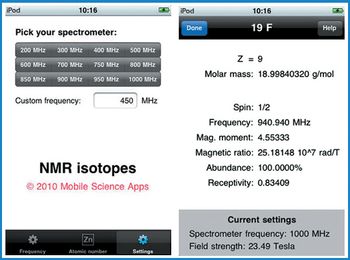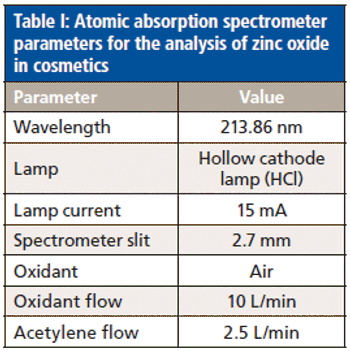
Spectroscopy

Spectroscopy

Spectroscopy
A simple and rapid method for the simultaneous separation and determination of the inorganic ionic forms of As(III), As(V), Sb(III), Sb(V), Tl(I), and Tl(III) in river water samples is described.

Spectroscopy
Zinc oxide levels in cosmetic formulations are commonly analyzed by atomic absorption (AA) spectroscopy using the fusion method for sample digestion, a labor-intensive and time-consuming process that causes lengthy delays in product manufacturing.

Spectroscopy
Dispersion of surface polaritons in zinc phosphide (Zn3P2) single crystals is presented in this article for the first time. Surface polaritons in Zn3P2 were excited using the attenuated total reflectance (ATR) method.

Spectroscopy
What is it that we thought we knew that we have learned "ain't so" from the work reported in this series of columns?Volume 30 Number 2Pages 24-33What is it that we thought we knew that we have learned "ain't so" from the work reported in this series of columns?

Spectroscopy
There are multiple circumstances where characterization of a collection of particles has value to analysts. In some environments, materials are plagued by particulate contamination that impacts product quality.

Spectroscopy
Multiple-collector inductively coupled plasma–mass spectrometry (MC-ICP-MS) has some specific advantages over traditional ICP-MS instruments.

Spectroscopy
Classic proteomic workflows analyze tryptic peptides, which generally weigh less than 3000 Da, using a "bottom up" approach.

Spectroscopy
Click the title above to open the Spectroscopy February 2015 regular issue, Vol 30 No 2, in an interactive PDF format.